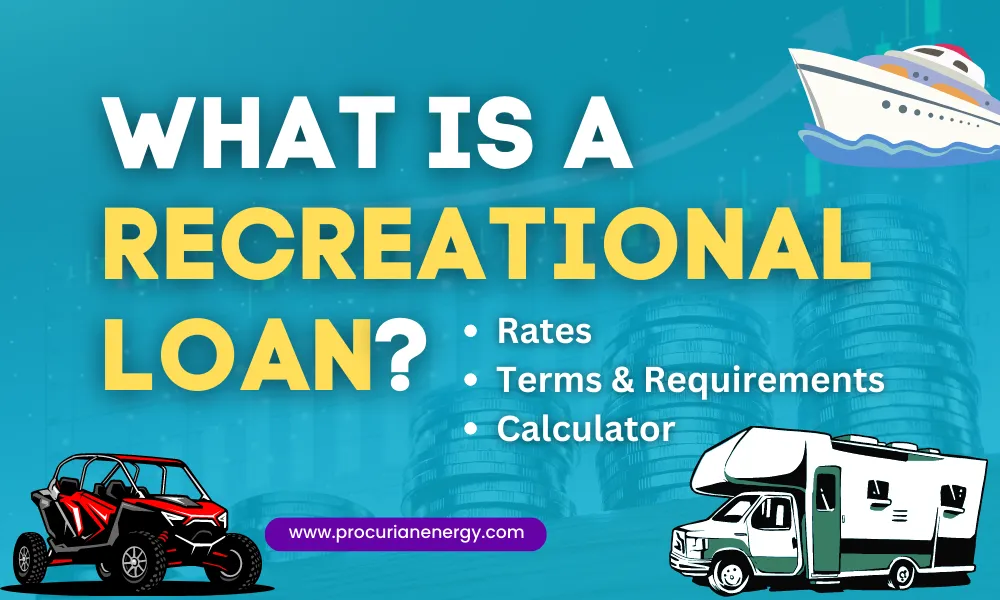Welcome to ProCurian!
When it comes to securing financing for various purposes, bridge loans have become a popular option.
These short-term loans provide borrowers with temporary funds to bridge the gap between two transactions.
Whether you’re looking to purchase a new property before selling your current one or need immediate funds for a business opportunity, understanding the timeline for obtaining a bridge loan is crucial.
In this blog, we’ll explore the factors that influence:
- the timeframe,
- the typical process,
- potential delays,
- strategies to expedite the process, and
- why starting early is essential.
What is a Bridge Loan?
A bridge loan, also known as interim financing or gap financing. It is a short-term loan that helps close the financial gap between a person’s or an organization’s current and future needs. It is typically used in real estate transactions but can also be applied in other situations. Read More>>
The Bridge Loan Process
Before delving into the timeline, it’s essential to familiarize ourselves with the bridge loan process.
Bridge loans typically involve a thorough application and underwriting process.
Lenders evaluate factors such as:
- the borrower’s creditworthiness,
- collateral value and
- exit strategy
to determine the loan’s terms and conditions.
The borrower must provide necessary documentation like income statements, tax returns and property appraisals to support their loan application.
Types of Bridge Loan

- Real Estate Bridge Loans – These loans are used in the real estate sector to bridge the gap between the purchase of a new property and the sale of an existing property. They can help homeowners or investors secure funds for a down payment on a new property while they wait for the sale of their current property.
- Commercial Bridge Loans – These loans are designed for businesses and commercial ventures. They can be used to finance the purchase of new equipment, cover operational expenses or provide working capital during a transitional period.
- Construction Bridge Loans – These loans are used in construction projects to provide short-term funding until a long-term financing option such as a construction loan or permanent mortgage, can be secured. They help cover the costs of construction, including labor, materials and other expenses.
- Small Business Bridge Loans – These loans cater to small businesses in need of immediate financing. They can be used to address cash flow gaps, cover unexpected expenses, fund expansion projects or bridge the timing gap between securing other forms of financing.
- Acquisition Bridge Loans – These loans are used in the context of mergers and acquisitions. They provide short-term funding to facilitate the acquisition of a company or a specific asset. Once the acquisition is complete, the borrower can seek long-term financing or arrange for the sale of assets to repay the loan.
- Private Bridge Loans – These loans are offered by private lenders, including individual investors, hedge funds or specialized lending institutions. They often have more flexible terms and can be used for various purposes, such as real estate investments, business acquisitions or personal needs.
How long does it take to get a bridge loan?
Generally, it can take anywhere from a 30 to 50 days for to get a bridge loan from a conentional lender.
1. Pre-application phase:
Firstly, spend some time researching lenders that specialize in bridge loans and compare their terms, rates and reputation.
Then, prepare the required documentation such as income statements, tax returns, bank statements, property appraisals and loan purpose information.
2. Application submission:
Fill out the application form provided by the lender accurately and thoroughly.
Compile and submit all the necessary documentation supporting your loan application.
3. Underwriting and evaluation:
The lender then reviews your application and documents to assess your creditworthiness, collateral value, and exit strategy.
The lender may also perform financial assessments including credit checks and income verification, to evaluate your ability to repay the loan.
4. Loan approval and closing:
If your application is approved, the lender will issue a loan commitment, outlining the terms and conditions of the loan.
Finalize legal and administrative processes, including property appraisal, title search, and the signing of loan documents.
Is it easy to get a bridging loan?
The ease of obtaining a bridging loan depends on a variety of factors such as your financial status, credit history and the lending company’s specific requirements.
Bridging loans are typically available to those who have a sound exit strategy and enough security, such real estate.
You could find it somewhat simpler to obtain a bridging loan if you match these requirements and can prove your capacity to repay the amount.
It is crucial to keep in mind that the lending market and rules might change, so it is wise to speak with financial institutions or mortgage brokers to learn about the current standards and the accessibility of bridging loans.
Bridge Loan Calculator
Bridge Loan Rates
| Loan Amount | Interest Rate | Loan Term |
|---|---|---|
| $100,000 – $499,999 | 6.50% – 7.00% | 6 – 12 months |
| $500,000 – $999,999 | 6.00% – 6.50% | 6 – 12 months |
| $1,000,000 – $4,999,999 | 5.50% – 6.00% | 6 – 12 months |
| $5,000,000+ | 5.00% – 5.50% | 6 – 12 months |
Potential Delays & Challenges
If there are complications with property appraisals or valuation, the lender may require additional time to resolve these matters.
Discrepancies in property titles or unresolved legal issues can prolong the loan approval process.
Depending on the lender’s policies and the complexity of the transaction, additional due diligence may be necessary, extending the timeline.
Unforeseen events, economic fluctuations or changes in lending regulations can impact the lending market, potentially delaying loan approval.
Strategies to Expedite the Process
Gather all necessary documentation ahead of time, promptly respond to lender inquiries, and stay proactive throughout the process.
Choose a reputable lender experienced in bridge loans who can guide you through the process efficiently.
Ensure all required documents are complete and accurate and maintain open and clear communication with your lender.
FAQs
How much can I borrow as a bridging loan?
With a bridging loan, you could be able to borrow up to 100% of the price of your new house. It may, however, be extended for up to two years depending on the client profile and the bank’s discretion. The longest payback period that may be obtained is five years.
What is the maximum tenure of bridge loan?
The maximum tenure of a bridge loan is 12 months.
Will a bridge loan affect my credit score?
Yes, a bridge loan can potentially affect your credit score if you fail to make timely payments or accumulate excessive debt.
Do you need collateral for a bridging loan?
Yes, collateral is typically required for a bridging loan as it provides security for the lender in case of default.
What is the deposit for a bridging loan?
The deposit for a bridging loan typically varies but can range from 20% to 40% of the property’s value being used as collateral.
How much does bridging cost?
Bridging costs vary widely based on factors such as loan amount, duration, interest rates and fees.
Conclusion
Obtaining a bridge loan can provide essential financial support during transitional periods of 30 to 50 days.
While the exact timeline can vary, factors such as borrower preparedness, lender efficiency and market conditions influence the process.
By understanding the typical steps, potential delays and implementing strategies to expedite the process, borrowers can navigate the bridge loan timeline more effectively.
Remember to start early, seek professional guidance and maintain open communication with your lender to increase the chances of a smooth and timely loan approval.









